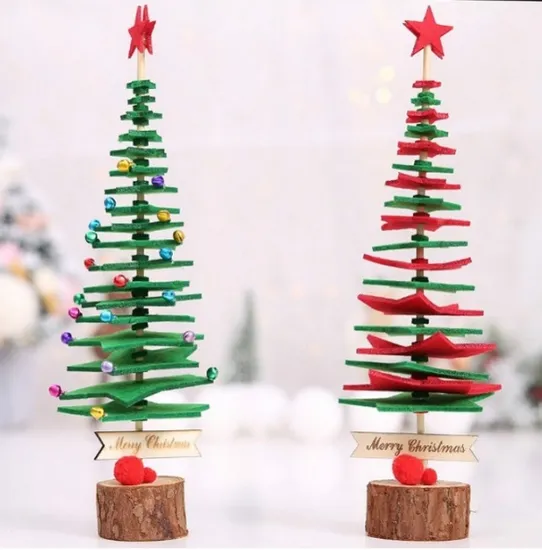When seeking exceptional craftsmanship, China’s craft factories stand as global beacons of artistry and precision. While countless workshops dot the country, their distinct strengths lie in blending millennia-old techniques with modern ingenuity, creating products that transcend borders and captivate global markets. Here’s what makes these factories stand out—and how to identify the best ones for your needs.
—
The Foundation: Time-Honored Techniques
The excellence of Chinese craft factories begins with their deep-rooted traditions. Workshops across regions like Suzhou (silk embroidery), Jingdezhen (porcelain), and Yunnan (indigo dyeing) preserve techniques passed down for centuries. For example:
– Suzhou Silk Embroidery: Artisans use hair-thin needles and silk threads to create intricate *Su Xiu* pieces, where each stitch mimics brushstrokes.
– Jingdezhen Porcelain: Kilns firing at 1,300°C replicate the ethereal blue-and-white patterns of Ming Dynasty vases, blending ancient glaze recipes with modern 3D modeling.
– Yunnan Indigo Dyeing: Natural dyes derived from fermented leaves create organic gradients, reflecting a commitment to eco-conscious practices.
These factories thrive because they honor the soul of their crafts while adapting to global tastes. A Suzhou-based workshop might produce both traditional screen paintings for museums and digital-printed scarves for Zara, proving versatility is key to excellence.
—
Innovation: The Engine of Modern Craftsmanship
The best factories don’t cling to tradition—they reinvent it. Cutting-edge tools amplify human creativity:
– Laser-Cutting and AI Design: In Shenzhen, laser cutters shape wood into fractal-inspired lanterns, while AI generates patterns that merge Tibetan motifs with cyberpunk aesthetics.
– Sustainable Materials: Factories in Zhejiang use recycled ocean plastics to craft eco-friendly rattan furniture, appealing to conscious consumers.
– Smart Crafts: A Hangzhou studio produces augmented reality (AR) lacquerware—when scanned via app, intricate engravings animate into storytelling scenes.
This fusion of old and new ensures products resonate with younger generations without losing cultural authenticity.
—
Design Mastery: Bridging East and West
Top-tier factories excel at decoding global trends while embedding cultural narratives. For instance:
– A factory in Wenzhou might design minimalist Scandinavian-style wooden toys with hidden Chinese zodiac symbols.
– A Yiwu-based team creates holiday ornaments that blend Celtic knots with Chinese knotting techniques, sold globally during peak seasons.
Designers often study social media trends, from TikTok’s “cottagecore” aesthetics to Instagram’s metallic foil obsession, ensuring products align with viral preferences.
—
Quality That Speaks Volumes
Excellence is measured in details:
– Handcrafted Precision: In Suzhou, embroiderers inspect each *Su Xiu* piece under magnifying lights, ensuring 100 stitches per square centimeter meet exacting standards.
– Advanced Testing: Factories use UV mapping to ensure glaze consistency on porcelain or tension tests for silk fabrics.
– Customization: A Dongguan workshop offers bespoke lacquerware, allowing clients to choose motifs, sizes, and finishes while maintaining artisanal quality.
This relentless focus on quality builds trust, making Chinese factories preferred partners for luxury brands and indie designers alike.
—
Sustainability: Crafting a Greener Future
The most forward-thinking factories prioritize eco-conscious practices:
– Circular Production: Bamboo waste from furniture workshops is repurposed into charcoal filters for incense.
– Non-Toxic Dyes: Indigo dye vats in Yunnan are fed by rainwater systems, minimizing chemical runoff.
– Energy Efficiency: Solar-powered kilns in Jingdezhen reduce carbon footprints without compromising firing quality.
Such efforts align with global ESG (Environmental, Social, Governance) goals, appealing to ethically minded buyers.
—
The Human Element: Artisans as Cultural Ambassadors
Behind every masterpiece are skilled hands. Top factories invest in training programs, pairing young apprentices with master artisans. In Suzhou, dyers learn the 12-step *batik* process from elders, while Shenzhen’s 3D designers study Song Dynasty painting scrolls. This intergenerational exchange ensures cultural knowledge endures.
—
Choosing the Right Factory: Key Considerations
To identify exceptional craft factories, look for:
1. Specialization: Does the factory excel in a niche (e.g., cloisonné enamel, shadow puppetry)?
2. Adaptability: Can they balance bulk orders with bespoke projects?
3. Transparency: Are they open about materials, labor practices, and sustainability efforts?
4. Cultural Authenticity: Do their designs feel genuine, not stereotypical?
—
Conclusion: China’s Craft Factories—A Global Treasure
The best Chinese craft factories are more than production hubs—they are cultural powerhouses. They prove that tradition and innovation are not opposites but partners, and that craftsmanship can thrive in a fast-paced world. Whether you seek heirloom-quality porcelain, eco-friendly textiles, or tech-integrated art, China’s factories deliver unmatched quality, creativity, and heart. In their workshops, every thread, stroke, and glaze whispers a truth: true excellence is timeless.
Article link:https://www.vlefooena.com/manufacturer/4121/


No reply content